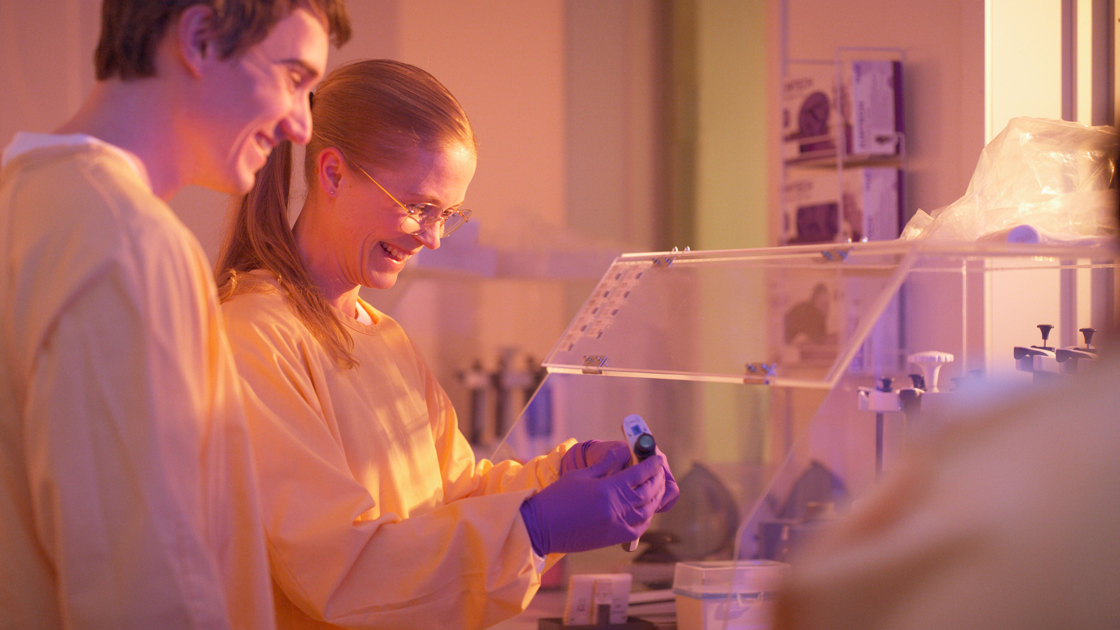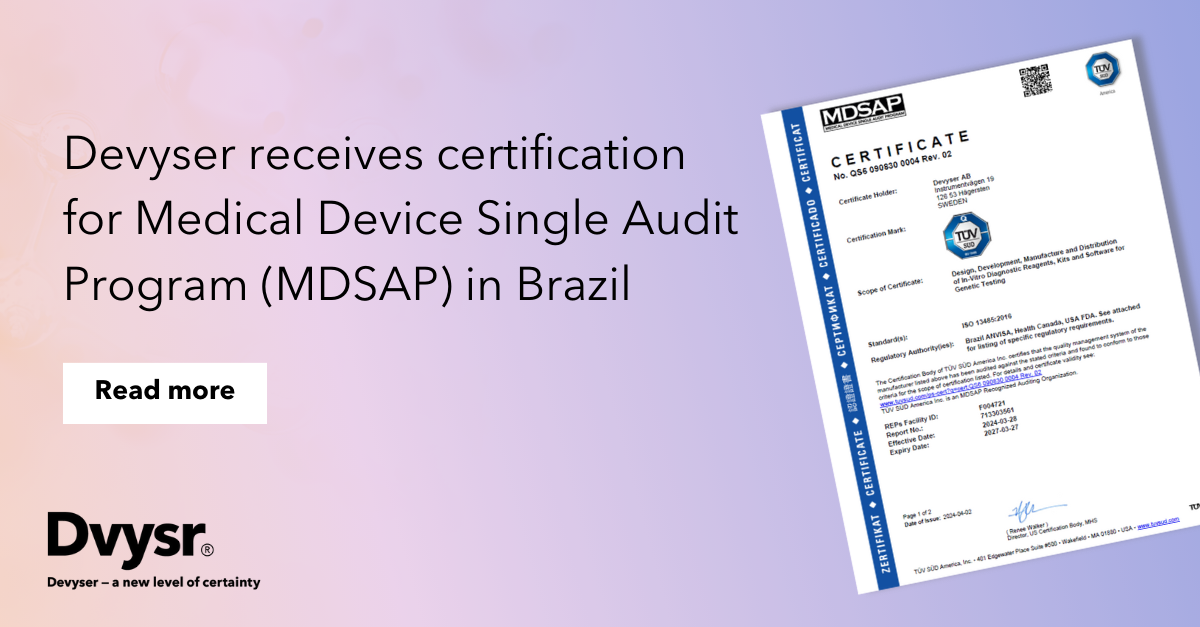Thalassemias | October 7, 2022
Thalassemia is an inherited blood disorder with a worldwide prevalence of nearly 300,000 per year. [1] As the most common hemoglobinopathy, it is a major cause of disability and premature mortality around the world. However, as long as the disease is properly diagnosed and treatment can begin in a timely manner, there are solid treatment options for thalassemia patients.
Thalassemia has been on the rise in recent years, and it is occurring in regions where we did not see it before. The increasing need for testing and the discovery of more variants make it a challenge for clinicians and laboratories. Here's what you need to know about thalassemia prevalence and the implications for clinical laboratories.
Demographics are different now – more and new variants occur
Thalassemia is a hematological disease, which affects the oxygen-transport molecule hemoglobin. Normal adult hemoglobin (HbA) contains two α-globin and two β-globin chains with genes for α-globin on chromosome 16 and β-globin on chromosome 11. Defects in the globin genes cause faulty production or even missing protein chains, leading to thalassemia.
There are two forms: alpha and beta-thalassemia, depending on the affected globin chain. Delta-thalassemia is an issue with the delta-globin protein, though it’s rarely symptomatic. Thalassemia variants typically affect the alpha and/or beta-globin genes. Specific variants tend to be more common in certain populations.
With migration, demographic changes, and international travel, thalassemia incidence patterns are rapidly changing. The occurrence of specific variants in different regions means that we need to use a range of methodologies to detect them. Combined hemoglobinopathies such as HbE-beta-thalassemia are also a problem in some areas of the world.
We need better, comprehensive tests for thalassemia
In the next 20 years, we expect 900,000 births with clinically significant thalassemia [2]. These patients will present to their physicians with symptoms and their survival and quality of life will depend on accurate, timely testing. Currently, based on clinical presentation and routine workflows, a genetic test is usually only performed for either alpha or beta thalassemia. If a variant is detected which explains the clinical presentation, the other genetic locus tends to not be analyzed.
What is more, laboratory workload will inevitably increase with an annual estimated growth rate of 10-15%. We also expect more difficult cases. As migration increases worldwide, so do cases of inherited diseases in areas where they were previously uncommon. Variant analysis of thalassemia patients has traditionally relied on population data. But what happens when the population changes?
In Europe, Mediterranean countries have a long tradition of thalassemia testing and prevention; for example, Cyprus' screening policy has significantly reduced the number of children born with the disease [3]. The carrier prevalence is higher in Thailand and other Asian countries with up to 40% of the population carrying a silent mutation. Clinical and laboratory work must keep pace with changes in disease distribution and national screening programs – the increased demand for thalassemia testing is a trend of which we can be certain.
Patterns are shifting
One of the most poignant examples of changing thalassemia patterns is hemoglobin E-beta-thalassemia. 2] HbE-beta thalassemia is a very common hemoglobinopathy in Southeast Asia. In this region, the incidence approaches 60%. Healthcare providers and laboratories are aware of this and are prepared with the appropriate tests, diagnoses and treatments.
However, in recent years, HbE-beta-thalassemia has emerged thousands of miles away from Southeast Asia. In coastal regions of North America, prevalence is increasing, forcing the healthcare system to adapt. HbE-beta thalassemia patients, and thalassemia patients in general, vary enormously in their presentation. Some of them are completely asymptomatic. Others will be dependent on blood transfusions for life.
The challenge is therefore to adapt our systems to get the right tests and assessments. From initial contact through laboratory to management, thalassemia patients benefit enormously from rapid and accurate diagnosis. Understanding that patterns are changing and preparing for that change is the most important step we can take to simplify our workflows and improve outcomes.
The state of testing
Currently, there is a large array of tests we can use. Technologies to determine thalassemia variants are often multi-step, complex, and require extensive staff training. We typically use different thalassemia analysis tests for alpha- and beta-thalassemia. Performing tests such as GAP-PCR or Sanger sequencing means that each variant must be tested separately and compared to a thalassemia variant database. Both the demand and complexity of thalassemia testing are increasing. New variants are appearing in populations where we have not seen them before. Most laboratories have complicated laboratory protocols / workflows resulting in long turnaround times and complicated analysis.
It's not just about diagnosing thalassemia better but also about identifying potential carriers of the disease. Most thalassemia tests are performed to detect asymptomatic carriers of the disease – ideally before conception.
Setting the right priorities for thalassemia testing
The challenge with thalassemia diagnosis often lies with physicians, who may interpret symptoms as a case of (the much more common) iron deficiency anemia. However, as the patterns of thalassemia change, the responsibility is on each organization in the healthcare system to provide a better journey for patients. Detecting previously uncommon thalassemia variants means improved outcomes for patients and their families.
In addition, the increasing demand for thalassemia testing is certain to place a greater burden on laboratories. Not only is the number of tests increasing, but so is the complexity. Finding the responsible variant(s) accurately, on the first try, is what all labs should strive to do.
References
[1]
GBD 2017 Disease and Injury Incidence and Prevalence Collaborators (2018). Global, regional, and national incidence, prevalence, and years lived with disability for 354 diseases and injuries for 195 countries and territories, 1990-2017: a systematic analysis for the Global Burden of Disease Study 2017. Lancet (London, England), 392(10159), 1789–1858. https://doi.org/10.1016/S0140-6736(18)32279-7
[2]
Vichinsky E. P. (2005). Changing patterns of thalassemia worldwide. Annals of the New York Academy of Sciences, 1054, 18–24. https://doi.org/10.1196/annals.1345.003
[3]
Leung, T., Lau, T., & Chung, T. (2005). Thalassemia screening in pregnancy. Current Opinion in Obstetrics and Gynecology, 17, 129–134.





